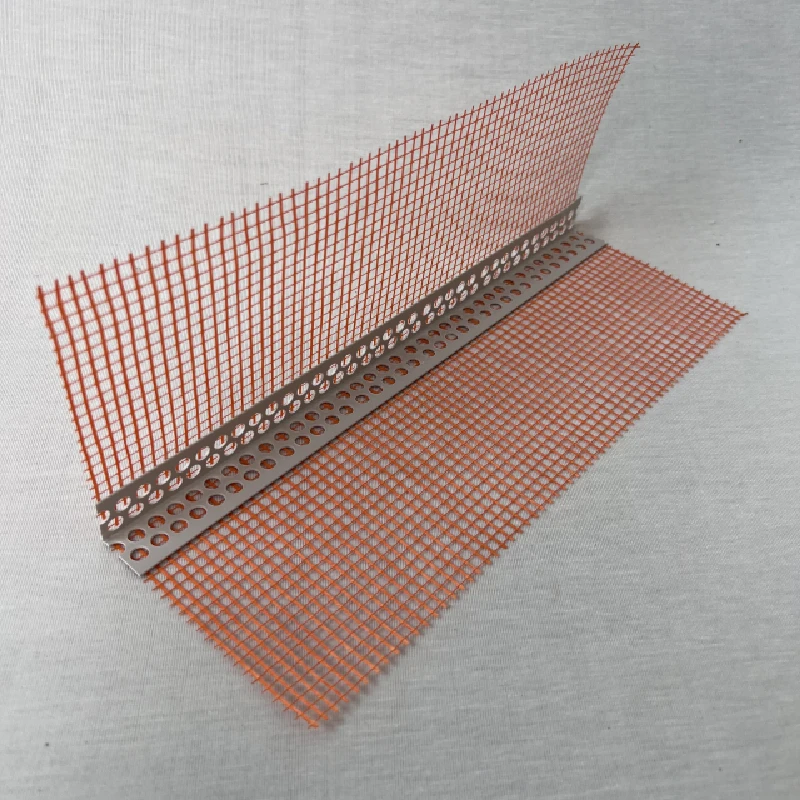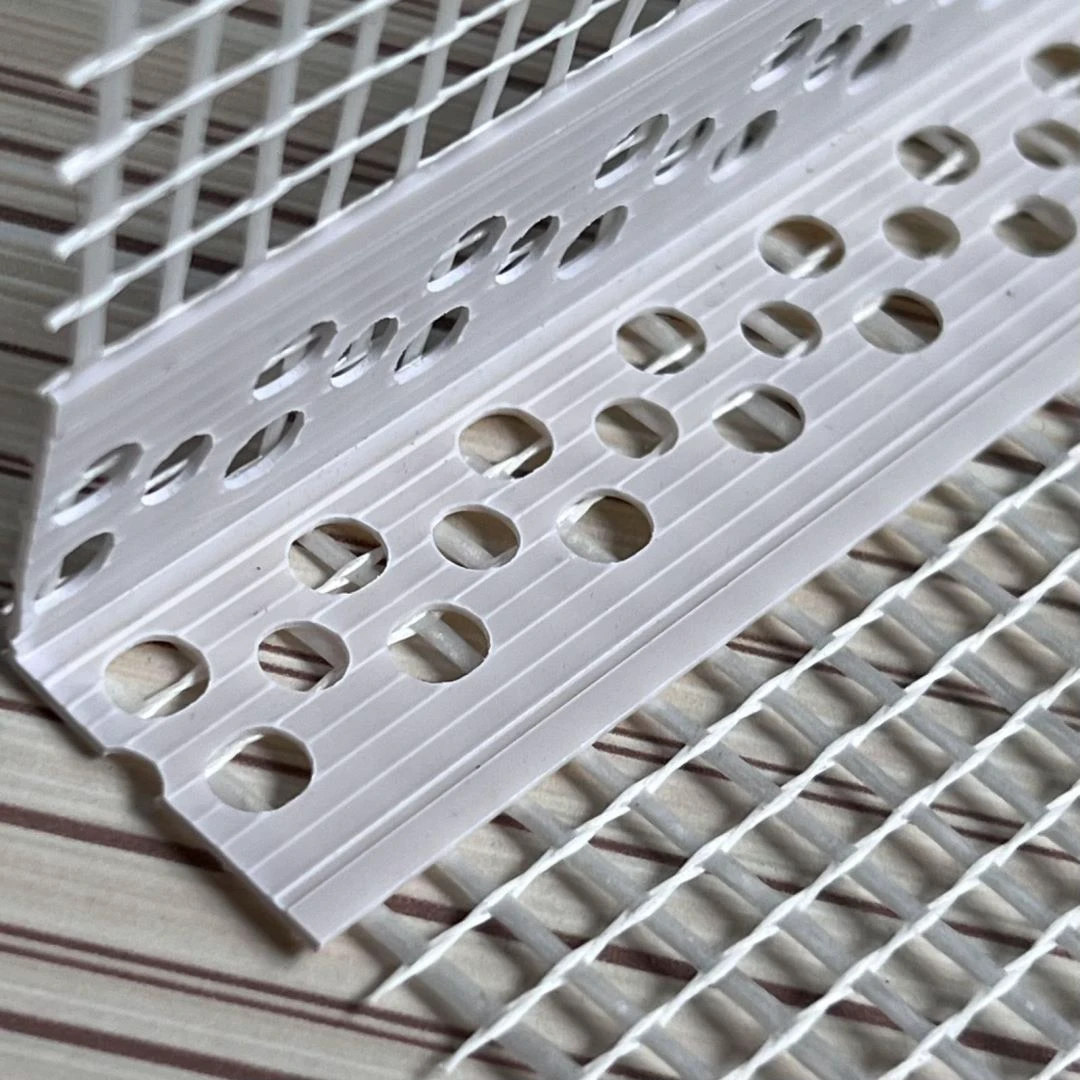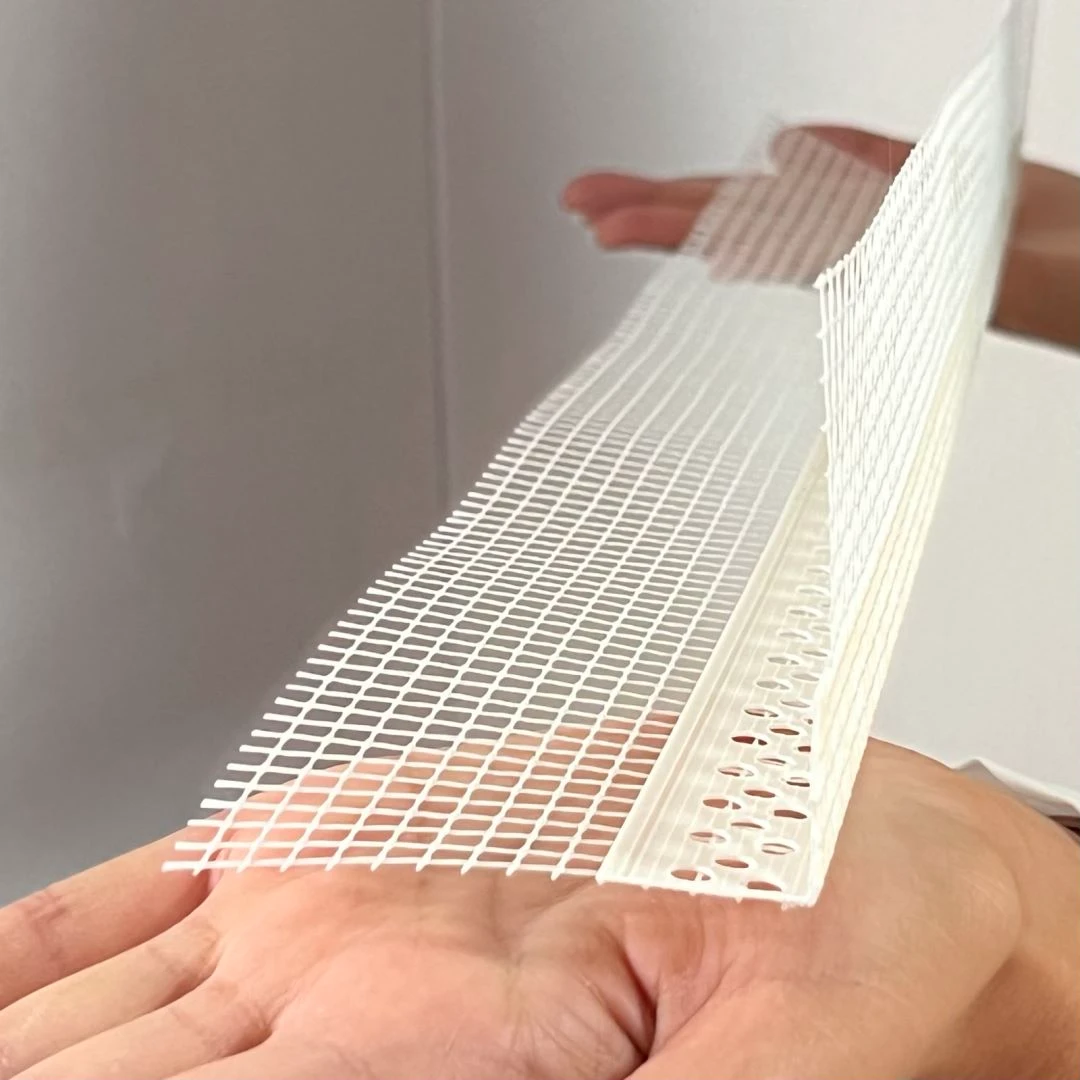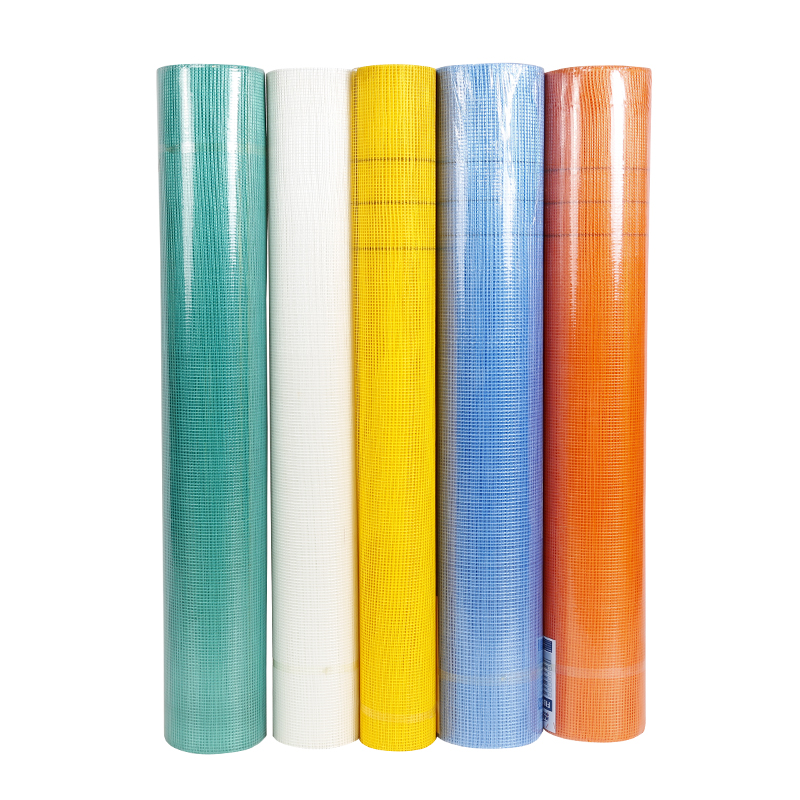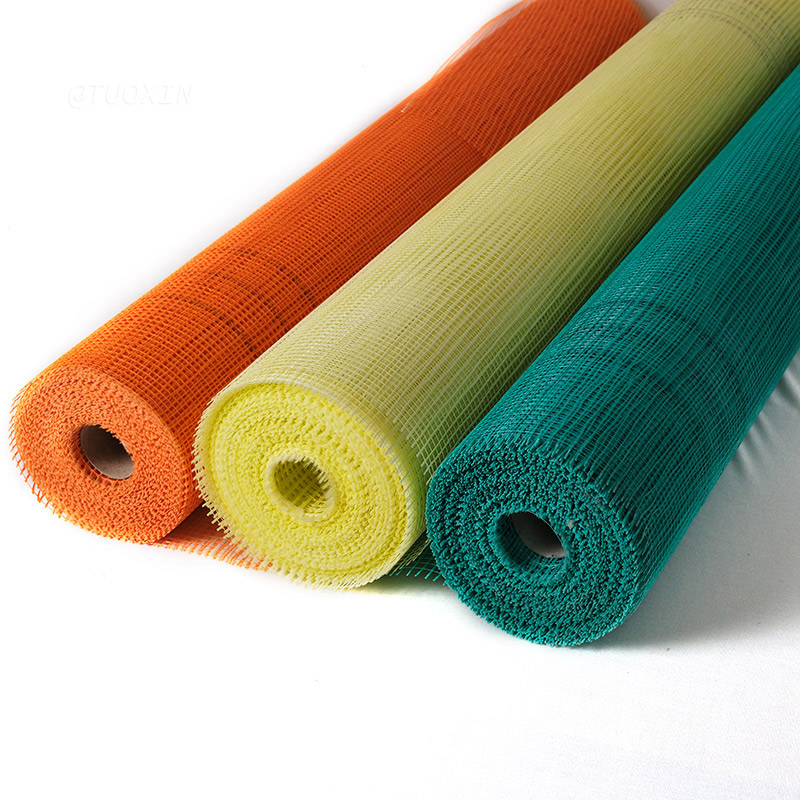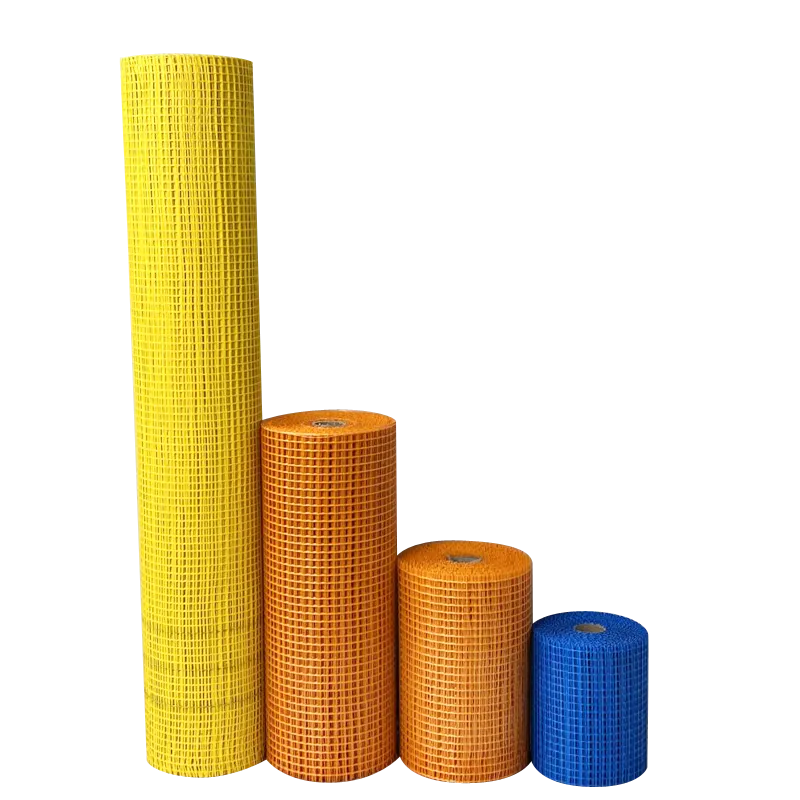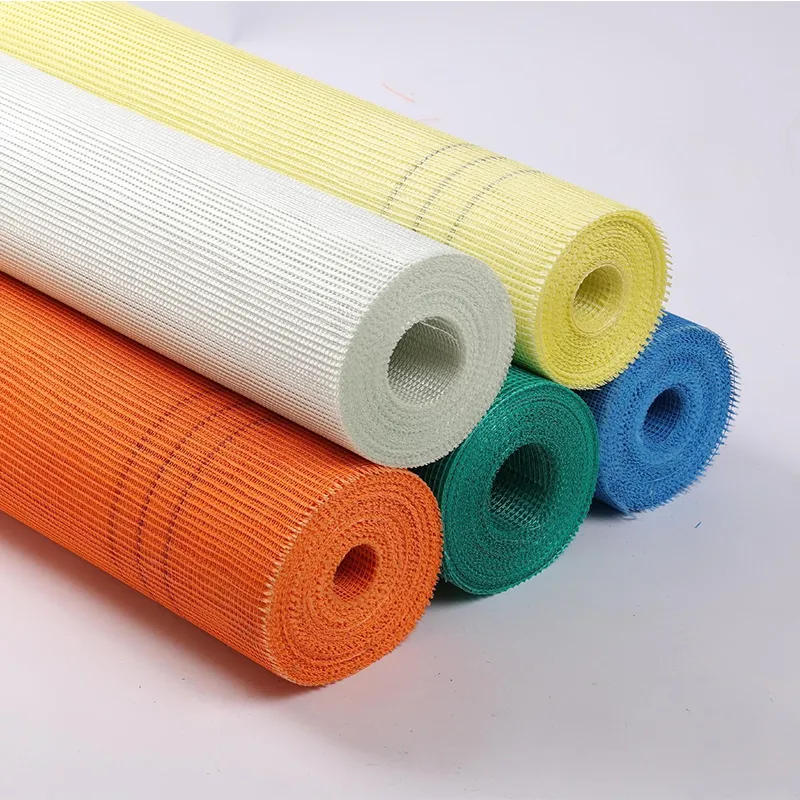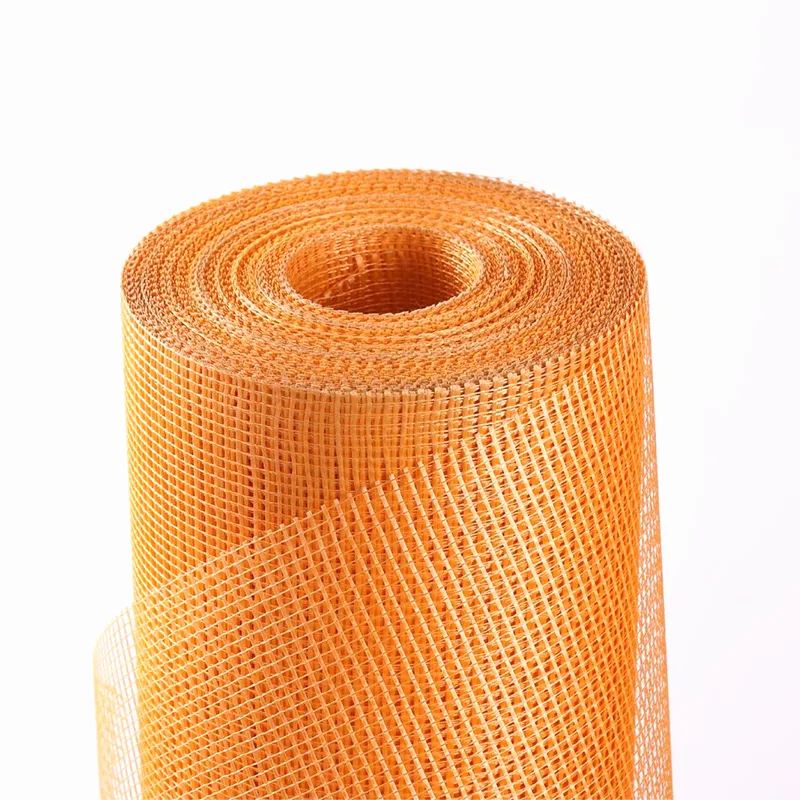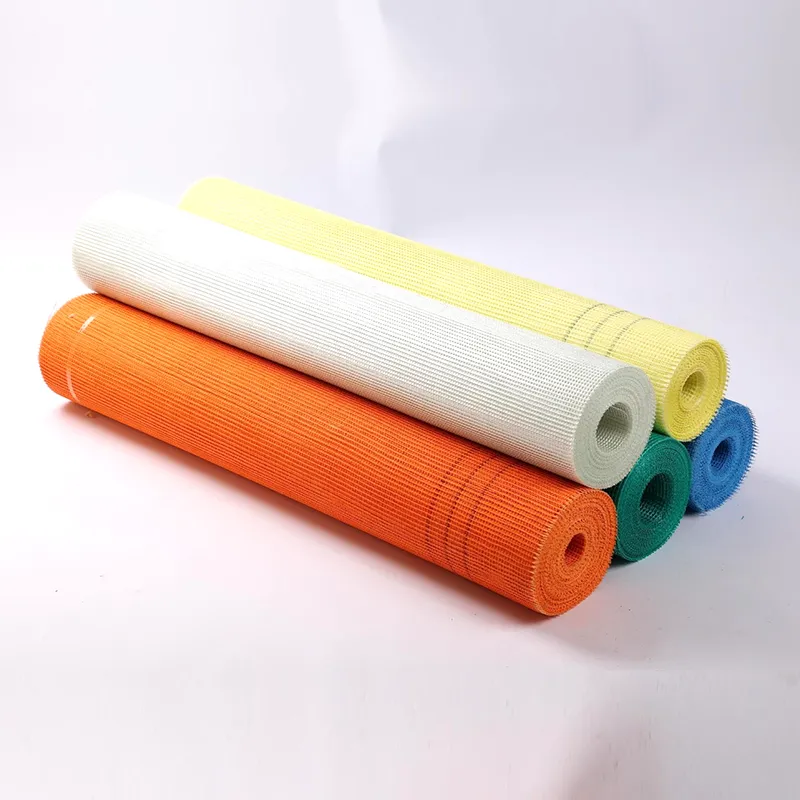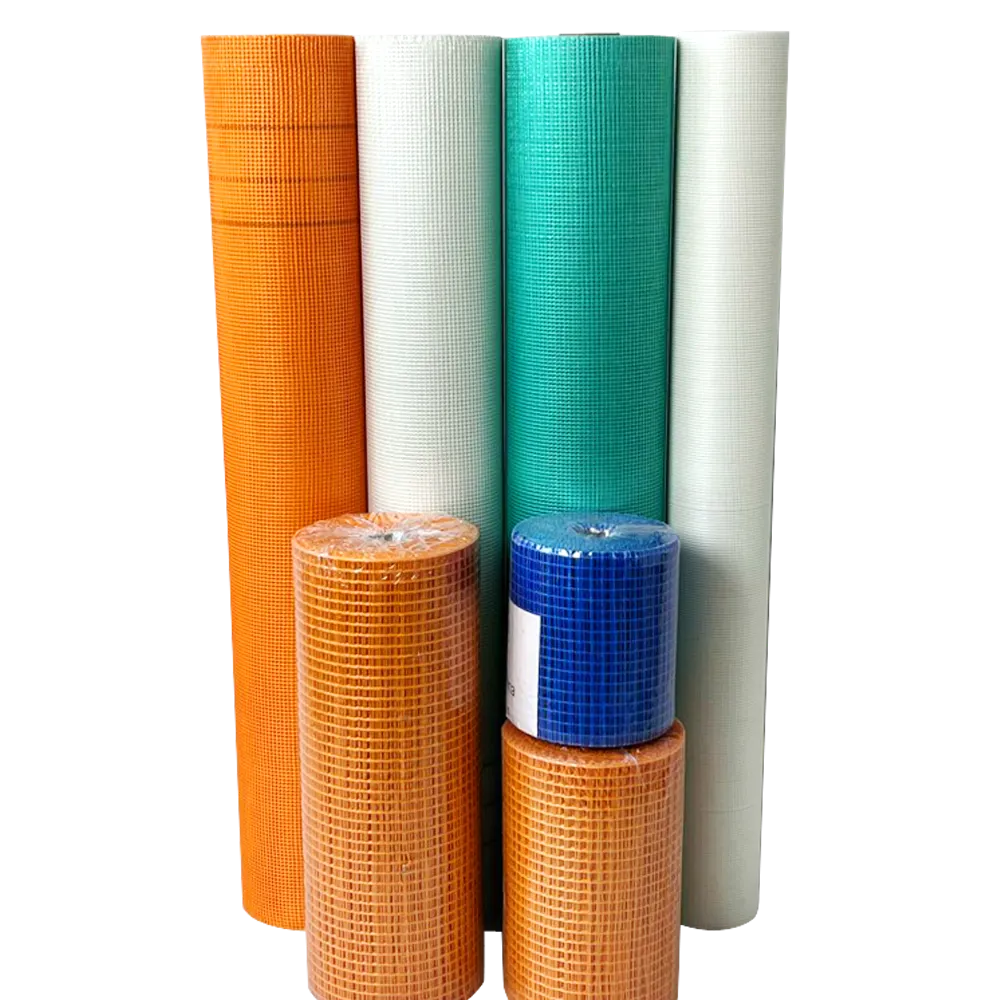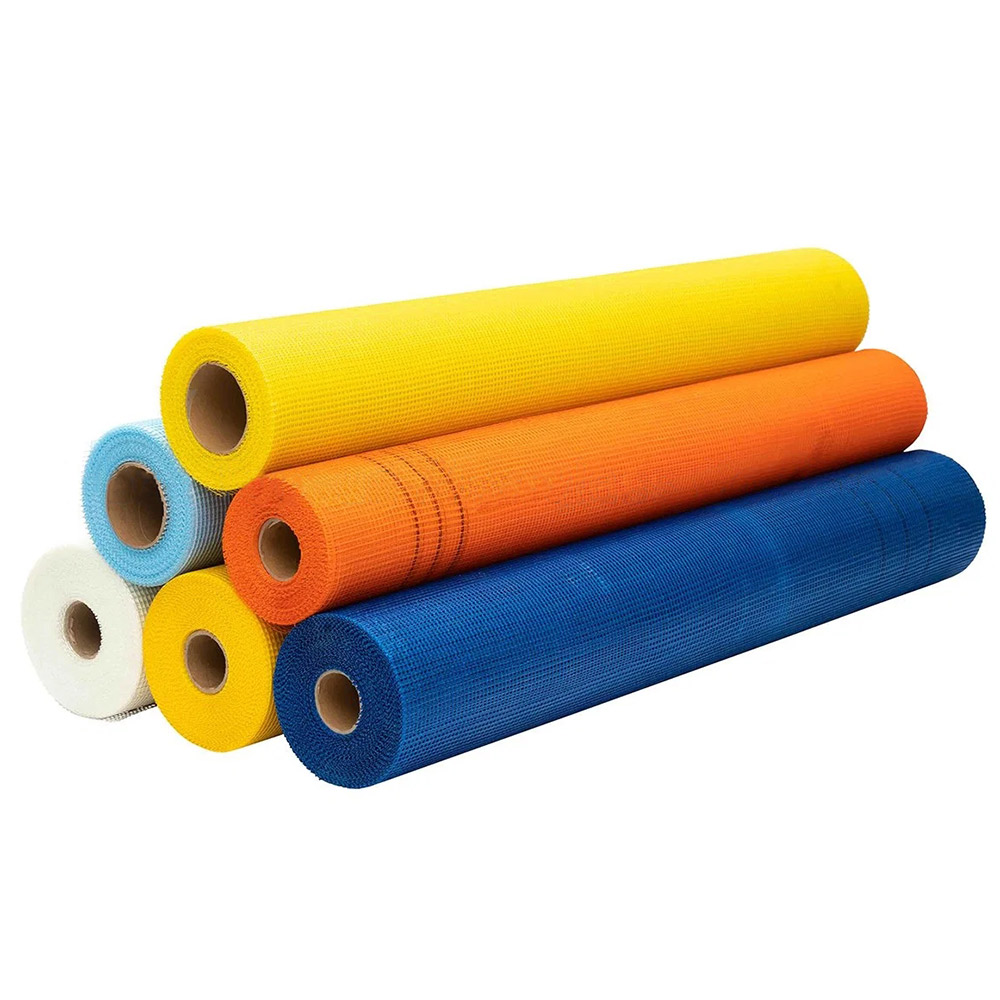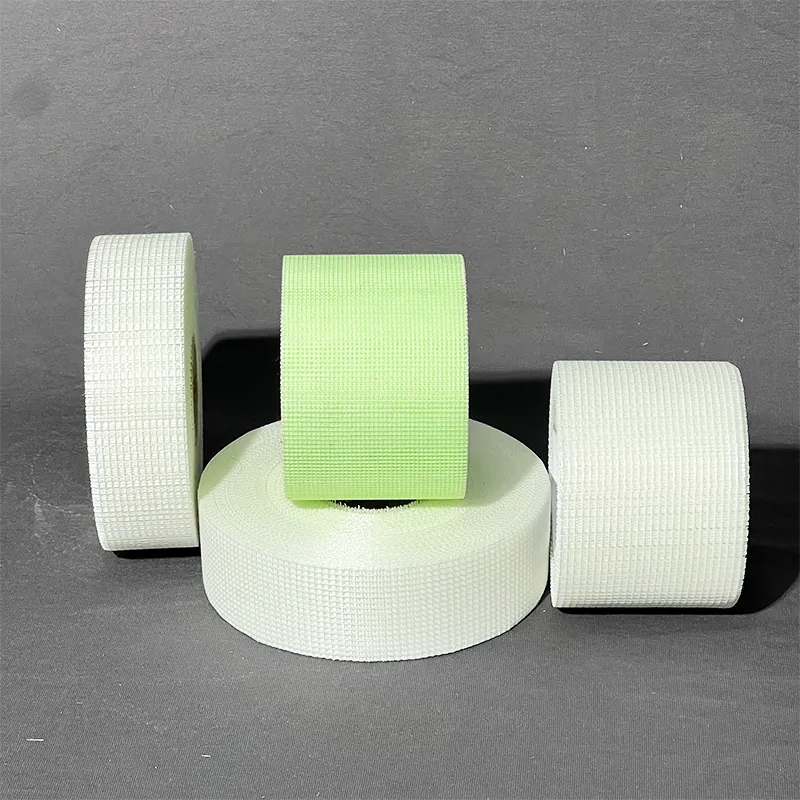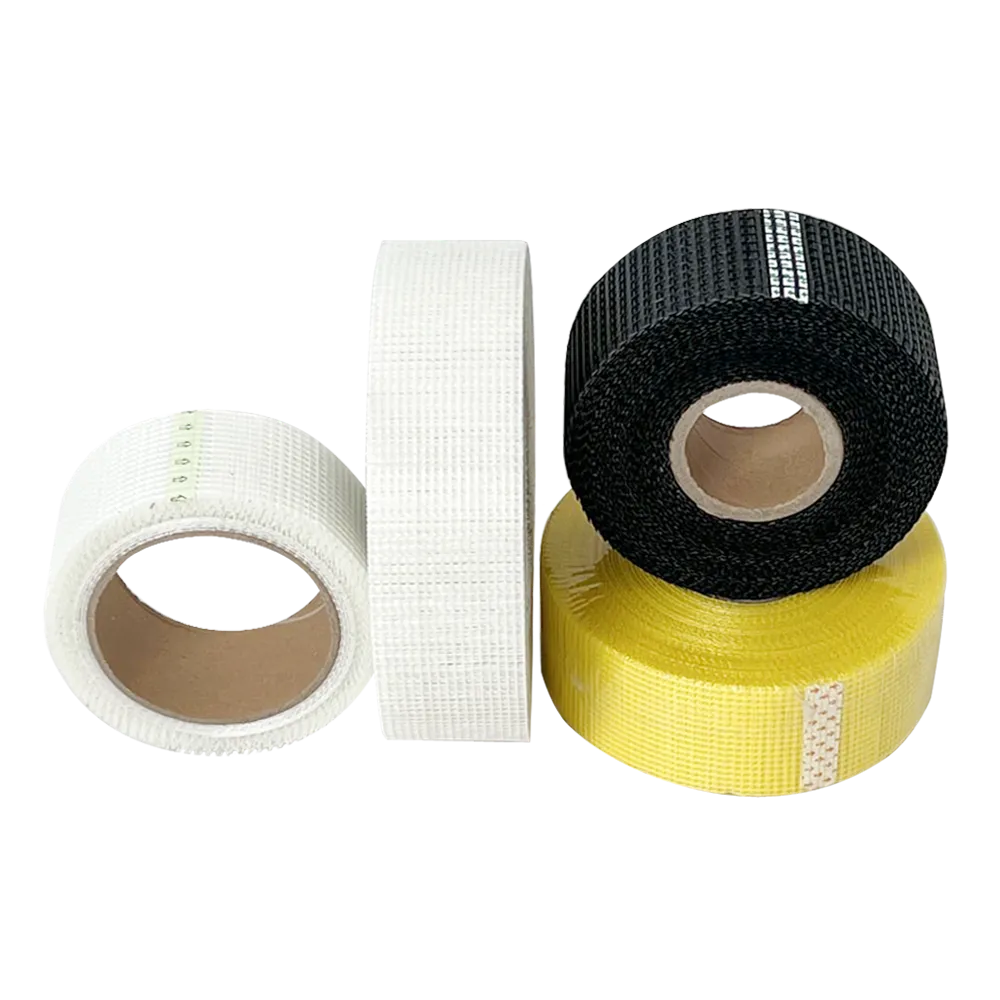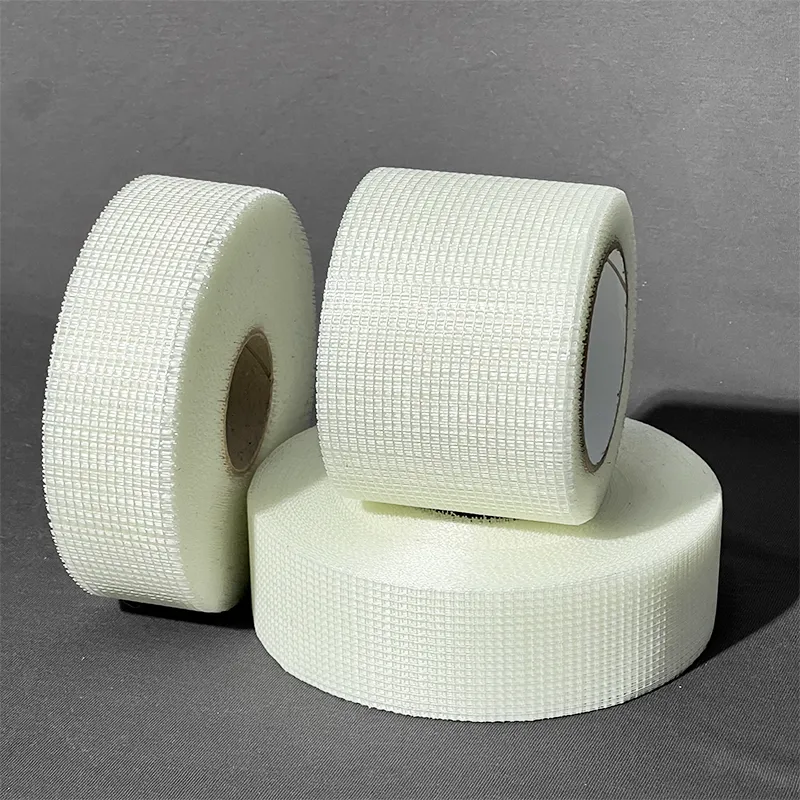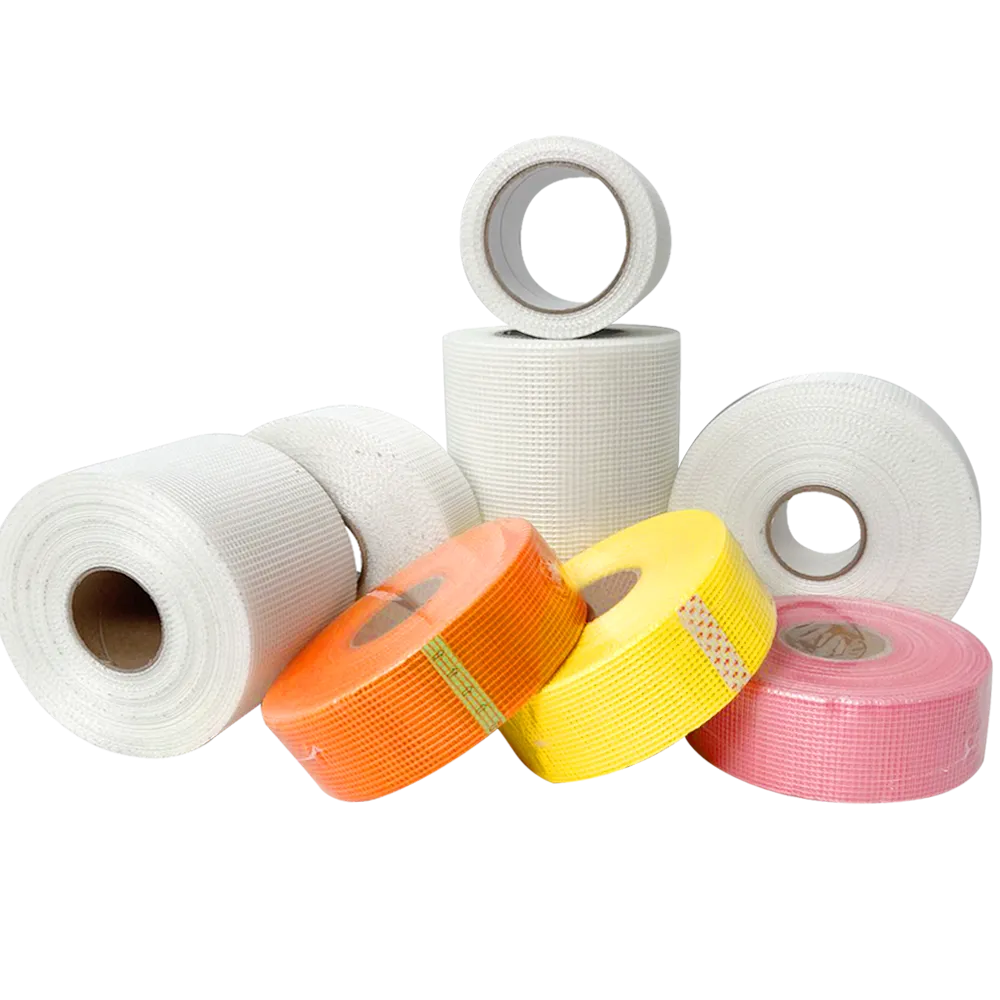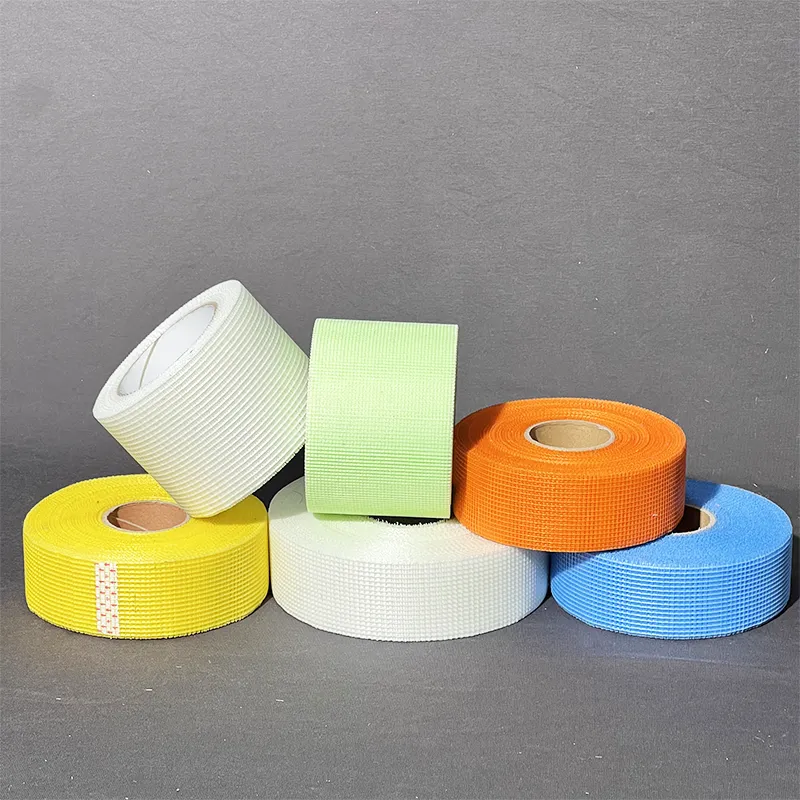Nov . 27, 2024 01:11 Back to list
High-Quality Mesh Drywall Tape for Seamless Finishing and Repairs
Understanding Mesh Drywall Tape A Comprehensive Guide
When it comes to finishing drywall installations, achieving a seamless look is crucial. Among the essential tools in the drywall finisher's arsenal is mesh drywall tape. Understanding its advantages and proper usage can enhance the durability and aesthetics of your walls. This article explores the key aspects of mesh drywall tape, including its characteristics, benefits, and application techniques.
What is Mesh Drywall Tape?
Mesh drywall tape is a type of joint tape made from a thin, woven fabric that is coated with a sticky adhesive. Unlike paper tape, mesh tape is typically made from fiberglass, making it sturdier and more flexible. Its unique construction allows it to expand and contract, accommodating the natural movements of the building materials. This makes mesh tape an excellent choice for various drywall projects, particularly in areas prone to movement, such as ceilings and corners.
Benefits of Mesh Drywall Tape
1. Strength and Durability One of the standout features of mesh drywall tape is its strength. The fiberglass strands provide superior tensile strength, making it resistant to tearing and breaking. This durability helps to prevent cracks and damage that might occur over time, which is particularly beneficial in high-traffic areas.
2. Ease of Use Mesh tape is much easier to apply than paper tape, especially for novice DIYers. The self-adhesive backing allows it to stick directly onto the drywall joints without the need for additional compounds during the initial application. This means that you can set it in place quickly, significantly reducing the installation time.
3. Flexibility The flexibility of mesh drywall tape enables it to conform to uneven surfaces and complex angles. This adaptability makes it ideal for corners, seams, and repairs, ensuring a smooth surface regardless of the underlying wall structure.
4. Reduced Risk of Mold Some mesh tapes are treated to be mold and mildew resistant, adding an extra layer of protection in humid environments such as bathrooms and kitchens. This feature is crucial for maintaining clean and healthy living spaces.
mesh drywall tape product

5. Quick Drying When used with setting-type compounds, mesh tape dries faster than traditional paper tape options, enabling quicker project completion. This is particularly advantageous for professionals or anyone looking to fast track their renovation projects.
How to Apply Mesh Drywall Tape
1. Prepare the Surface Ensure that the drywall joints are clean and free from dust and debris. If needed, sand the edges to create a smooth surface.
2. Applying the Tape Cut the mesh drywall tape to the desired length. Press it firmly onto the joint, smoothing out any bubbles or wrinkles to ensure maximum adhesion.
3. Apply Joint Compound Once the tape is in place, apply a layer of joint compound over the tape using a drywall knife. Spread it evenly, feathering the edges to create a smooth transition to the drywall surface. Allow the compound to dry thoroughly.
4. Sand and Repeat After the first coat dries, sand the area lightly to remove any rough spots. Apply a second and possibly a third coat of joint compound, sanding in between each layer for a flawless finish.
5. Final Touches Once satisfied with the surface, give it a final sanding. You can then prime and paint the wall as desired.
Conclusion
Mesh drywall tape is a versatile, strong, and easy-to-use option for finishing drywall joints. Its unique properties provide a reliable solution for achieving a smooth, professional-looking finish, making it a favorite among both DIY enthusiasts and professionals alike. With its increased durability, flexibility, and resistance to moisture, it is an excellent choice for various applications in residential and commercial projects. Understanding how to use mesh drywall tape effectively can transform your drywall finishing process, yielding outstanding results that stand the test of time.
-
The Ultimate Guide to Fiberglass Mesh Tape for Drywall and Gypsum Board ApplicationsNewsAug.13,2025
-
The Ultimate Guide to Fiberglass Mesh Tape: Applications, Benefits, and Best PracticesNewsAug.13,2025
-
The Complete Guide to Self-Adhesive Fiberglass Mesh Drywall Tape: Benefits, Uses, and TipsNewsAug.13,2025
-
Everything You Need to Know About Alkali Resistant Fiberglass Mesh Tape: Uses, Benefits, and ApplicationsNewsAug.13,2025
-
Comprehensive Guide to Fiber Glass Yarns: Types, Uses, and Leading ManufacturersNewsAug.13,2025
-
A Comprehensive Guide to Self-Adhesive Fiberglass mesh Tape for Plasterboard and DrywallNewsAug.13,2025
